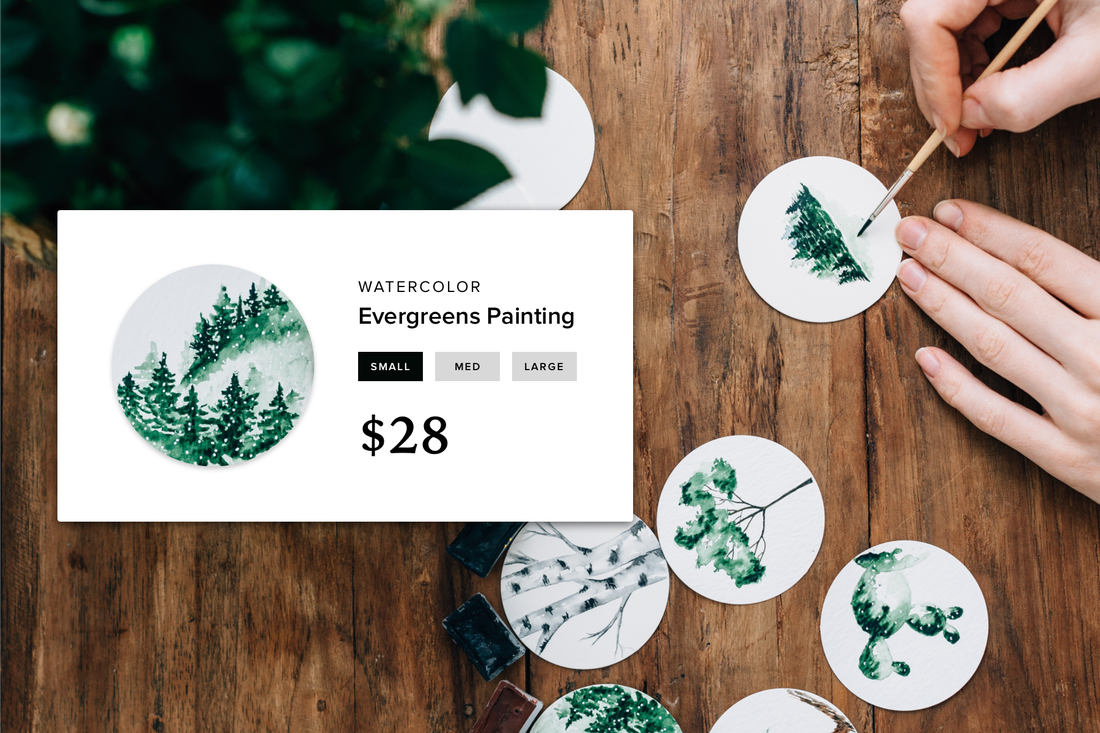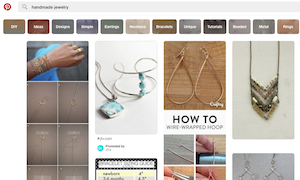Just as you wouldn’t jump out of an airplane without making sure you have your parachute (and safety training, and likely being strapped to a qualified instructor), a professional online presence is not an adventure to leap into haphazardly.
Launching a successful website can be a nuanced process where a little bit of guidance, research, and expertise can make all the difference. Even though tools (cough, cough, Weebly) make site design, development, and growth a breeze, the process rarely goes as expected.
I’ve made more than a dozen websites and learned something different each time. From design and creation to site maintenance and attracting a larger audience, hopefully learning from my various mishaps and hard-earned victories can save you time and help you make a bigger first impression.
I’ve made more than a dozen websites and learned something different each time. From design and creation to site maintenance and attracting a larger audience, hopefully learning from my various mishaps and hard-earned victories can save you time and help you make a bigger first impression.
1. Plan Ahead to Streamline Your Workflow and Users’ Experience
Let’s assume you already know the topic or talent you want to share with your website visitors. Ride out that initial inspiration and momentum by diving deep into the type of content you expect to showcase and how you expect readers to find it. Treat your professional site like a business—just as an entrepreneur wouldn’t rush headlong into starting a company without a plan, you should craft your roadmap to success.
Before turning on your computer, spend some time organizing your thoughts and sketching out a sitemap. Think of what challenges are lying in wait and how your new site will address them. Few things are more frustrating than building and launching a website, only to turn back two or three months later to fix a design or organizational structure that doesn’t work, or doesn’t work well.
Before turning on your computer, spend some time organizing your thoughts and sketching out a sitemap. Think of what challenges are lying in wait and how your new site will address them. Few things are more frustrating than building and launching a website, only to turn back two or three months later to fix a design or organizational structure that doesn’t work, or doesn’t work well.
2. Non-Coders Can Put Out Great Websites—Usually Faster Than Developers
Admittedly, this lesson took me the longest to learn and endorse. I view every new website project as this incredible opportunity for creating a modern, sophisticated masterpiece from scratch, with nothing but my keyboard and a few hundred lines of code.
Then reality sets in.
Put your programming pride aside and embrace the simplicity of tools that take care of time-consuming tasks in the blink of an eye. Drag-and-drop site builders are a time-saving asset for developers, not a cop-out. Using a platform like Weebly helps developers launch a professional, well-designed website in a fraction of the time it takes to do it yourself.
Then reality sets in.
Put your programming pride aside and embrace the simplicity of tools that take care of time-consuming tasks in the blink of an eye. Drag-and-drop site builders are a time-saving asset for developers, not a cop-out. Using a platform like Weebly helps developers launch a professional, well-designed website in a fraction of the time it takes to do it yourself.
3. A Good Design is More Than Colors and Fonts
Although Weebly’s well-designed themes provide top-notch starting points for new websites, you can further boost your visual brand by paying attention to a few key elements. Examining every minute aspect of the user experience will pay dividends when you start counting on your website to generate revenue or open doors to new professional opportunities.
For many of your visitors, that means being able to seamlessly and quickly access your website on their phone or tablet. Mobile traffic surpassed desktop page views for the first time in late 2016, and there are no signs of slowing down. With hundreds of designs that adapt to the user’s device, popular Weebly themes with responsive layouts alleviate the headache of thinking through designs and coding out mobile versions of your website.
For many of your visitors, that means being able to seamlessly and quickly access your website on their phone or tablet. Mobile traffic surpassed desktop page views for the first time in late 2016, and there are no signs of slowing down. With hundreds of designs that adapt to the user’s device, popular Weebly themes with responsive layouts alleviate the headache of thinking through designs and coding out mobile versions of your website.
4. Invest in a Good All-in-One Platform for Your Website
Instead of spending numerous weeks and countless dollars fixing mundane problems or adding new features and functionality, start your site on a platform that gives you ample room to grow and succeed.
You might not think you need to build and manage an email marketing program or have the ability to sell products through an eCommerce store, but well-rounded tools, such as Weebly, empower you to explore new avenues of success. From reliable hosting and insightful traffic analytics to a custom domain name and powerful SEO tools, a strong foundation helps websites flourish by keeping all the tools under one roof.
You might not think you need to build and manage an email marketing program or have the ability to sell products through an eCommerce store, but well-rounded tools, such as Weebly, empower you to explore new avenues of success. From reliable hosting and insightful traffic analytics to a custom domain name and powerful SEO tools, a strong foundation helps websites flourish by keeping all the tools under one roof.
 Laura Stamey Lauren writes, designs and develops for HostingAdvice.com as a Contributing Editor for Digital Brands, Inc.
Laura Stamey Lauren writes, designs and develops for HostingAdvice.com as a Contributing Editor for Digital Brands, Inc.





